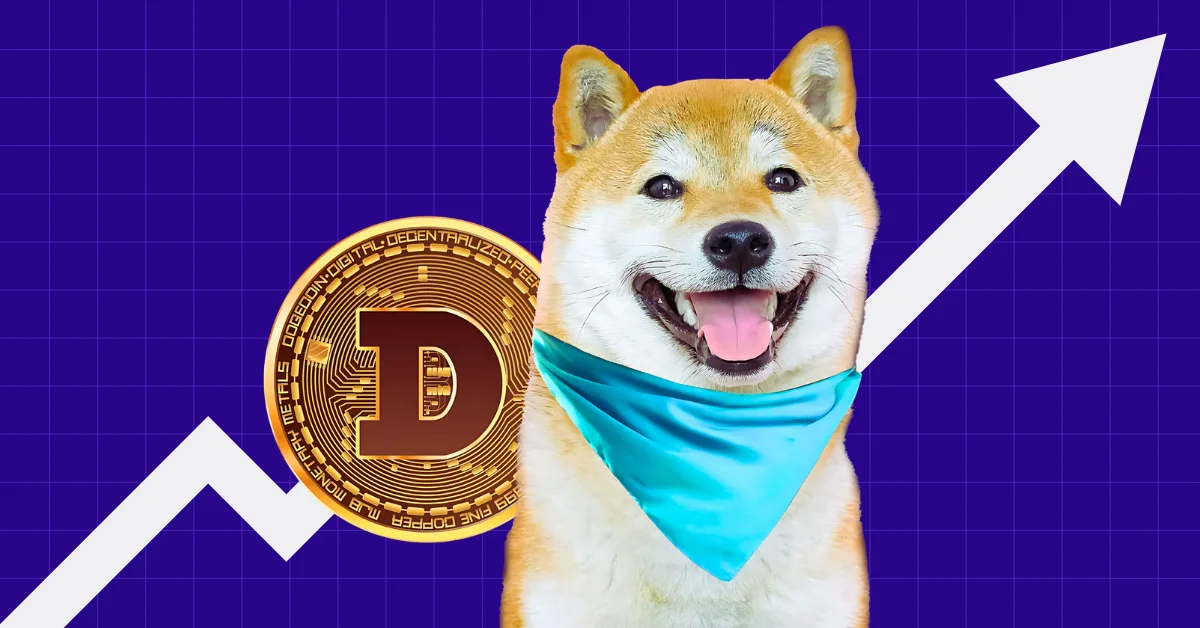BltLW News Hub
Your source for the latest insights and updates.
To the Moon and Beyond: The Dogecoin Journey
Discover the wild ride of Dogecoin! Unveil the memes, the moon mission, and what lies beyond in this thrilling journey.
The Rise of Dogecoin: From Meme to Mainstream Cryptocurrency
Dogecoin began its journey in December 2013, initially created as a lighthearted response to the growing cryptocurrency boom, particularly Bitcoin. Designed as a joke, it featured the Shiba Inu dog from the popular 'Doge' meme, quickly capturing the hearts of internet users. However, what started as a mere meme has transformed significantly over the years. With a dedicated community and a lively culture surrounding it, Dogecoin started to gain traction. Its low transaction fees and fast processing times made it appealing for tipping and small transactions, laying the groundwork for its emergence as a legitimate player in the cryptocurrency space.
As social media influencers and celebrities began to take notice, the rise of Dogecoin accelerated dramatically. High-profile endorsements, such as tweets from Elon Musk, helped catapult Dogecoin into mainstream consciousness. In 2021, the cryptocurrency experienced a meteoric surge, leading to increased investment and a flourishing market presence. Today, Dogecoin is often discussed in the same breath as Bitcoin and Ethereum, showcasing its evolution from a simple joke to a robust cryptocurrency with real-world applications. This journey illustrates not only the power of community engagement but also the unpredictable nature of the cryptocurrency market.

Understanding the Technology Behind Dogecoin: How It Works
Dogecoin is a cryptocurrency that originated as a light-hearted project in 2013, buoyed by the popular Doge internet meme. Unlike Bitcoin, which operates on a more complex blockchain, Dogecoin utilizes a technology called Blockchain with a simple proof-of-work system to validate transactions. This means that miners solve cryptographic puzzles to confirm and add transactions to the network. Its block time is just one minute, allowing for faster transaction confirmations compared to Bitcoin's ten-minute block time, making Dogecoin an attractive option for small transactions and tipping.
At the core of Dogecoin's technology is the Scrypt hashing algorithm, which prioritizes memory over processing power. This design choice enables a more accessible mining process, as it can be more efficiently mined with consumer-grade hardware compared to Bitcoin's SHA-256 algorithm. Additionally, Dogecoin employs an inflationary supply model, meaning that new coins are continuously mined, which helps bolster a steady supply. This model not only encourages spending and tipping but also fosters a strong community around the currency, pushing it beyond its original meme-inspired roots into a legitimate player in the crypto space.
What’s Next for Dogecoin? Predictions and Future Potential
As we look ahead to the future of Dogecoin, analysts are buzzing with predictions driven by its unique culture and loyal community. With its rising popularity and extensive use in tipping and charitable donations, many experts believe that Dogecoin could continue to gain traction as more businesses embrace cryptocurrency. Additionally, the potential for Dogecoin to evolve through technological advancements—such as faster transaction times and enhanced security features—could significantly bolster its market presence and adoption rates.
Moreover, the growing interest in decentralized finance (DeFi) and non-fungible tokens (NFTs) presents intriguing avenues for Dogecoin to expand its use case. If the community can leverage these trends effectively, we might witness a surge in Dogecoin's value, akin to what we've seen with other cryptocurrencies. Ultimately, the future potential of Dogecoin hinges not only on market dynamics but also on the supportive community that continues to push the boundaries of what this cryptocurrency can achieve.